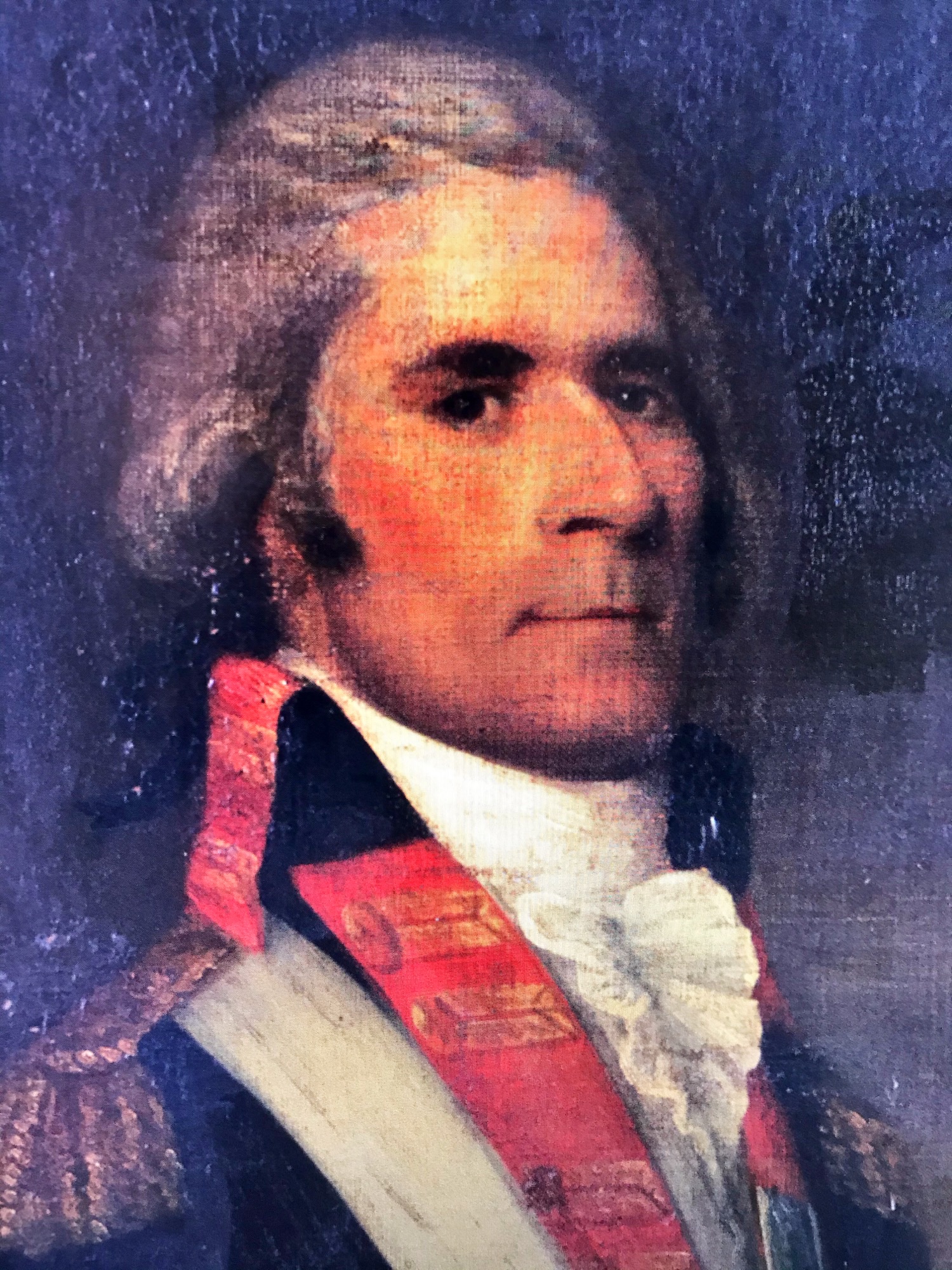After hearing the news of the Battle of Lexington, he volunteered for the Continental Army, where he was commissioned as a 1st Lieutenant in May 1775.
He fought in the Battle of Bunker Hill under Major General Nathaniel Greene, where he was promoted to Major in the Independent Battalion of Artillery on November 9, 1776. Stevens was then chosen by George Washington to raise battalions and gather reinforcements to send to Quebec, Canada. A portrait of Ebenezer Stevens (painted by John Trumbull) commemorates his participation at the surrender of British General Burgoyne in the Battle of Saratoga on October 12, 1777. It hangs in the National Gallery in Washington, D.C.
Major Stevens served with distinction under the Marquis de Lafayette in Virginia. He was promoted to the rank of Lieutenant Colonel on November 24, 1778, while serving in Lamb’s Continental Artillery Regiment. One of his final commands was at the Siege of Yorktown, in 1781. His wife passed away at West Point, New York, in October 1783, leaving three young children. On November 25, 1783, he relocated to New York where the Army of the Revolution was disbanded. He met and married the widow Lucretia Ledyard Sands with whom he had a large family. He settled in lower Manhattan, becoming a successful merchant doing extensive commerce with foreign ports. He was a founding member of the Tammany Society, The New England Society and a member of the Society of Cincinnati. He died on September 22, 1823, and is buried in Queens, New York, not far from his summer residence in Astoria-Hallett’s Cove.



